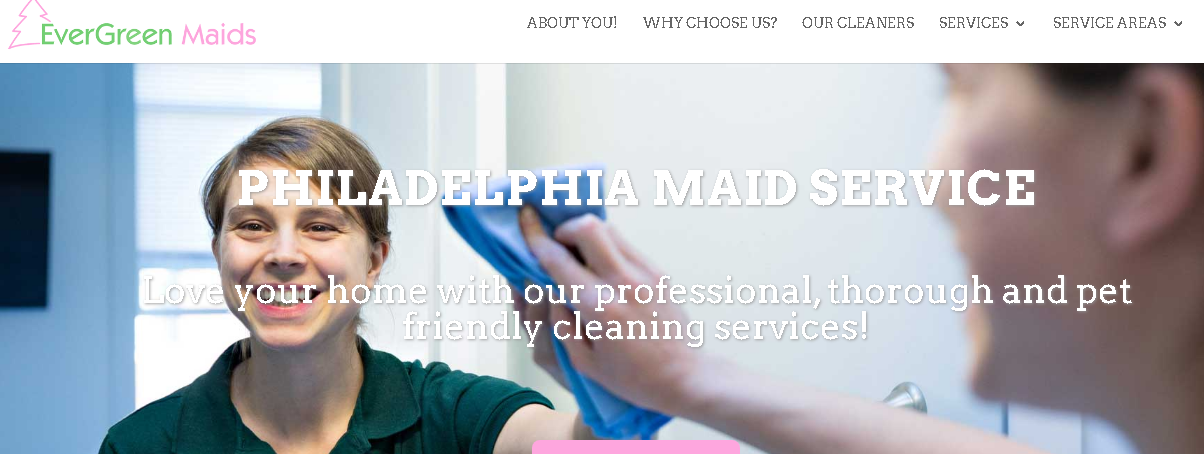With pending changes to healthcare in the United States, it’s no wonder Worker’s Compensation insurance for businesses is becoming harder to acquire and afford.
Theresa Peterson has been working in the residential cleaning industry for twenty-seven years. Her company, “Maid to Order,” is located in the San Francisco Bay area of California. In all those years, her business has only had one Worker’s Compensation claim filed against it. She attributes her strong record to an emphasis on safety and the amount of training she does for her employees. Yet, this hasn’t stopped Peterson from having to write checks up to $6,000 each month to get Worker’s Compensation Insurance for her employees.
Depending on your carrier, Worker’s Compensation Insurance rates have jumped between four and eight percent in California in 2013 alone. Peterson says she knows of numerous residential cleaning companies that have closed their doors and reopened with no employees, hiring only independent contractors so they don’t have to pay Worker’s Compensation. She says the newspaper is filled with companies advertising for independent contractors.
[EasyDNNnewsToken:Left Justify Embed 300 x 250]“In my twenty-seven years, I’ve seen this happen three times,” says Peterson. “It’s a vicious cycle. The rates go up and everyone jumps ship and shifts to the independent-contractor model. This works for a few years until the state government realizes it is losing tax revenue. The state government then cracks down on the cleaning companies that work with independent contractors. Because complying with independent contractor laws can be tricky, a number of owners usually get caught breaking the rules. Even as the state lowers the Worker’s Compensation rates, it makes examples of these companies to scare everyone away from the independent-contractor model. I’ve seen people lose everything – their businesses, their homes, their cars. Sometimes they didn’t even know they were breaking the rules.”
Peterson’s business has survived these cycles by sticking with an employee model, but it has come at a price. “In order to pay the higher Worker’s Compensation rates and compete with a growing number of companies that can charge less because they don’t have employees, I have to cut corners elsewhere. I can’t afford an office, nice benefits or company cars, which makes it more difficult for me to hire people. It’s really challenging, but my business has survived for almost three decades. The most difficult thing is trying to grow your business to the next level when you’re dealing with all these obstacles.”
There are other consequences to the vicious cycle set in motion by high Worker Compensation Insurance rates. Aside from being anti-small business, Peterson says, it drives workers into the underground economy, which is in no one’s interest.
Peterson has a few questions for state government officials who run the Worker’s Compensation programs:
- “Why, if I’ve only had one Worker’s Compensation claim in twenty-seven years, am I paying the same rate as a new business owner with no loss record? Shouldn’t I get some type of credit for my strong track record?”
- “Why do residential cleaning companies pay ten percent more for Worker’s Compensation insurance than commercial even though our type of work presents fewer risks?”
- “What needs to happen for residential cleaning companies to be treated like commercial cleaning companies with regard to Worker’s Compensation?”
- “How can the Worker’s Compensation rate vary so widely between states?”
Gary Goranson, Workenders
When I got involved in this industry in 1991 (five years after Theresa Peterson), the major competitive gripe heard from owners running serious, legitimate cleaning businesses was the “lone wolves” who more often than not operated in the underground economy. Typically these folks did not register as companies, operated without a license, were uninsured, did not report their income to the IRS or contribute to Social Security or Medicare. Many of them still operate today. However, due to the surge of professional companies like Theresa, they have become insignificant on the residential cleaning landscape.
California has always led the nation with their high Worker’s Compensation Insurance rates. It’s frustrating and costly for Theresa to resist following her competitors into the world of independent contractors, but she’s doing the right thing. Those who follow the independent-contractor path risk the wrath of California’s Worker’s Compensation Board. Theresa’s approach gives her (a) protection from losing her business, home and worse, and (b) a great marketing tool.
Don’t underestimate your lobbying power as the owner of a residential cleaning company. It can be costly to hire a lawyer or professional lobbyist, but you can successfully take on the state. I have. In 1966, the Saskatchewan government was proposing a law which would have made it difficult for me to do business in that province of Canada. I pleaded my case to the minister of commerce. He in turn referred me to a respected attorney. Between my efforts and the attorney’s, we successfully had the proposed law axed. In 1978, while franchising my mobile detailing concept, the Alberta government notified me that it was illegal to perform any auto-related services in other than a licensed facility. I appealed and was successful in getting that law overturned for our specific automotive service.
While it’s tempting to “1099” every worker and avoid the employer’s payroll burden in your state, Theresa has survived twenty-seven years by doing business the right way, and so can you.
Laura Bianchini, CISR, CIC, Account Executive, Moody Insurance Worldwide
Question #1: “Why, if I’ve only had one Worker’s Compensation claim in twenty-seven years, am I paying the same rate as a new business owner with no loss record? Shouldn’t I get some type of credit for my strong track record?”
Experience Rating rules can play a part in premiums paid by an established business versus a new business that has no historical loss data. Once a business qualifies for Experience Rating based on their size and years in business, claims data will be used to calculate an Experience Modification Factor. Favorable or unfavorable loss results can increase or decrease the premiums paid over time. For a business with no claims history, Experiencing Rating does not apply and therefore does not affect them either positively or negatively. Additionally, individual account loss histories which are favorable can prompt carriers to add additional schedule credits were available.
Questions #2 and #3: “Why do residential cleaning companies pay ten percent more for Worker’s Compensation insurance in commercial even though our type of work presents fewer risks?” and “What needs to happen for residential cleaning companies to be treated like commercial cleaning companies with regard to Worker’s Compensation?”
Insurance carriers report to us that the statistical claims data gathered over time does support the difference in rates for residential versus commercial cleaning companies. It is not always the case that residential cleaning companies’ Work Comp rates are higher, and loss trends do not point to commercial cleaning companies having less exposure to the risk of loss. In truth, rates differ widely by state and by insurance carrier, for all the reasons outlined above. As long as the data continues to reflect a distinction between the claims experience of residential and commercial cleaning companies, we expect that they will be separately classified. There are similar Work Comp classification distinctions between other residential and commercial service industries, despite their apparent similarity, including electrical contractors, plumbing contractors, carpenters, and more.
Question #4: “How can the Worker’s Compensation rates vary so widely between states?”
Though a variety of factors have a bearing on insurance rates, Workers Comp is heavily state-regulated, so let’s start there. Using state-wide statistical claims information, base rates for each industry class are approved by state regulatory authorities. The degree to which an insurer may then deviate from those benchmarks – in states where such rate deviations are allowed – will largely depend upon an insurer’s own claims experience for each industry group in each state. Beyond claims data, other factors such as the specific underwriting characteristics of each business operation can also affect the rates offered by an insurer. Work Comp rates can vary by state because of the Work Comp laws themselves. In different states, the very same employee injury in the very same industry group can result in vastly different claim payments. For an insurance company to establish a rate that will be adequate to generate enough premiums to cover expected losses, the differences in state laws must be contemplated. For example:
- Some state laws define “injury or illness” in a very broad manner under very broad circumstances.
- The level of benefits payable for a compensable injury, including lost income, is significantly higher in some states than others.
- The cost of medical care and administrative costs vary by state.





